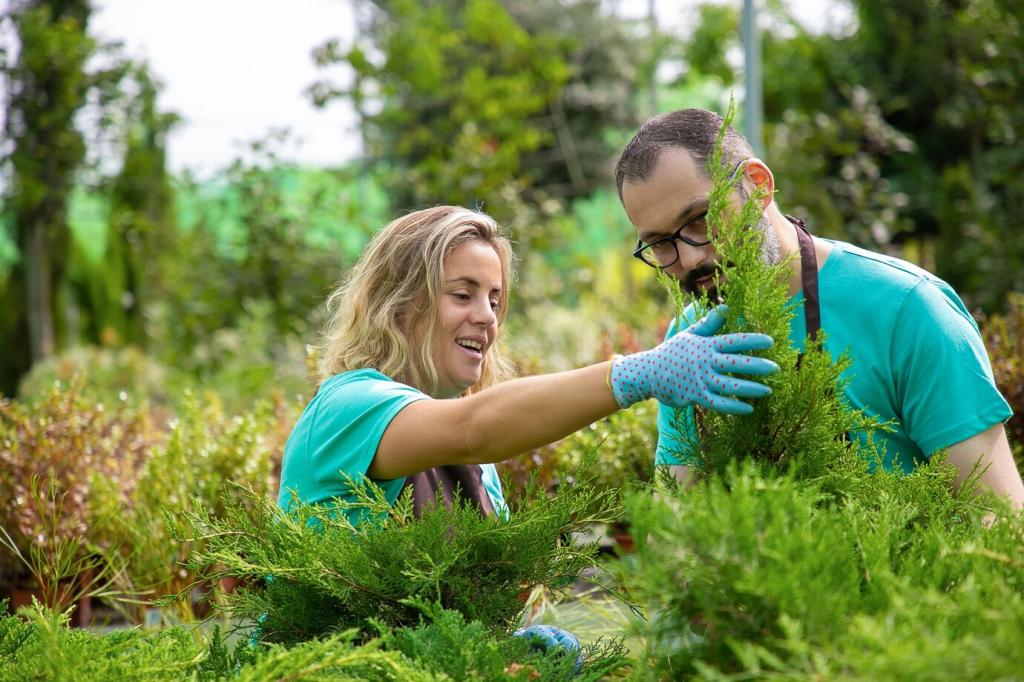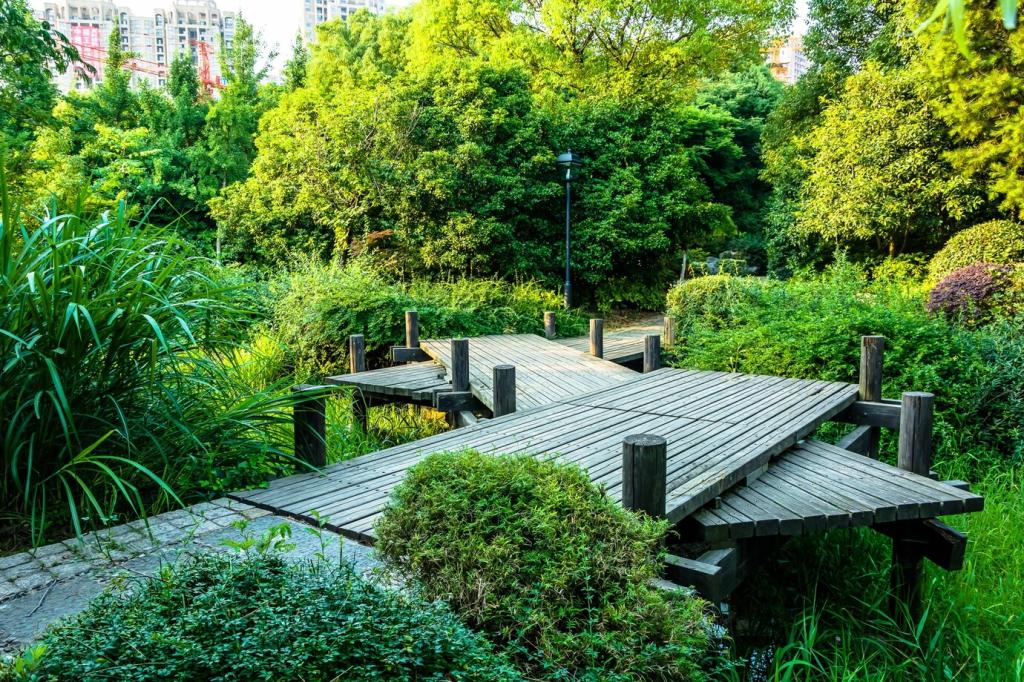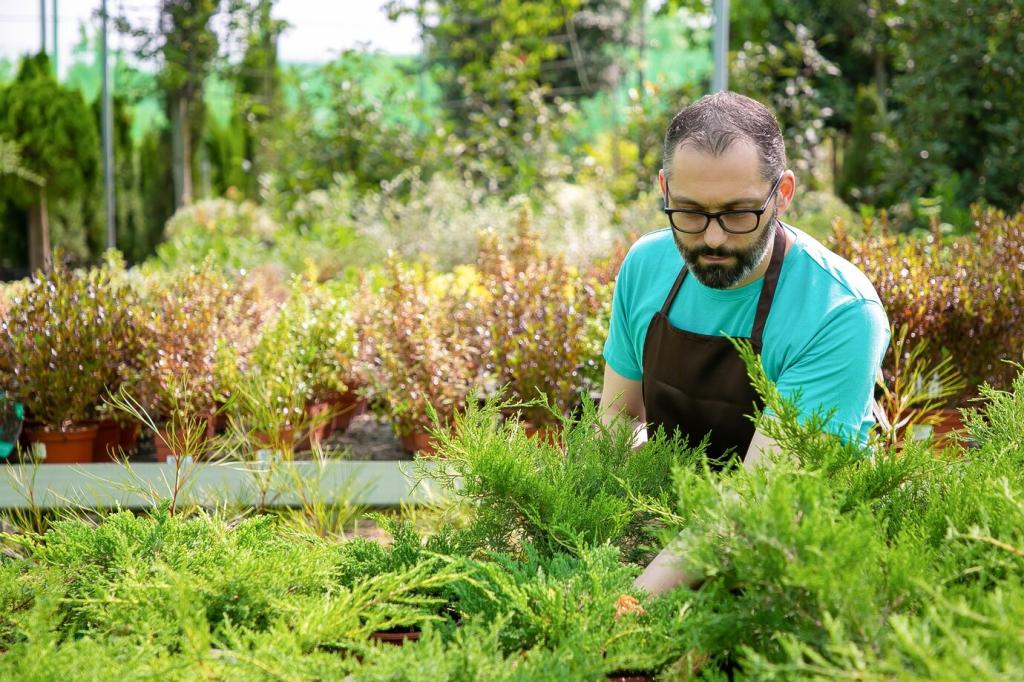Less Maintenance, Lower Costs, More Time Outside
Swap monoculture turf for native groundcovers and meadow-style plantings. You’ll mow once or twice a season to refresh growth, not weekly. Reduced noise, fewer emissions, and more free time await. What section could you retire from the mowing circuit first? Declare it and start planning today.
Less Maintenance, Lower Costs, More Time Outside
Because natives coevolved with local insects and diseases, they typically withstand pressure better than exotics. Diverse plant communities balance predators and prey, reducing outbreaks. This means fewer sprays, healthier soils, and safer play spaces. Tell us which pests worry you most for tailored native solutions.






